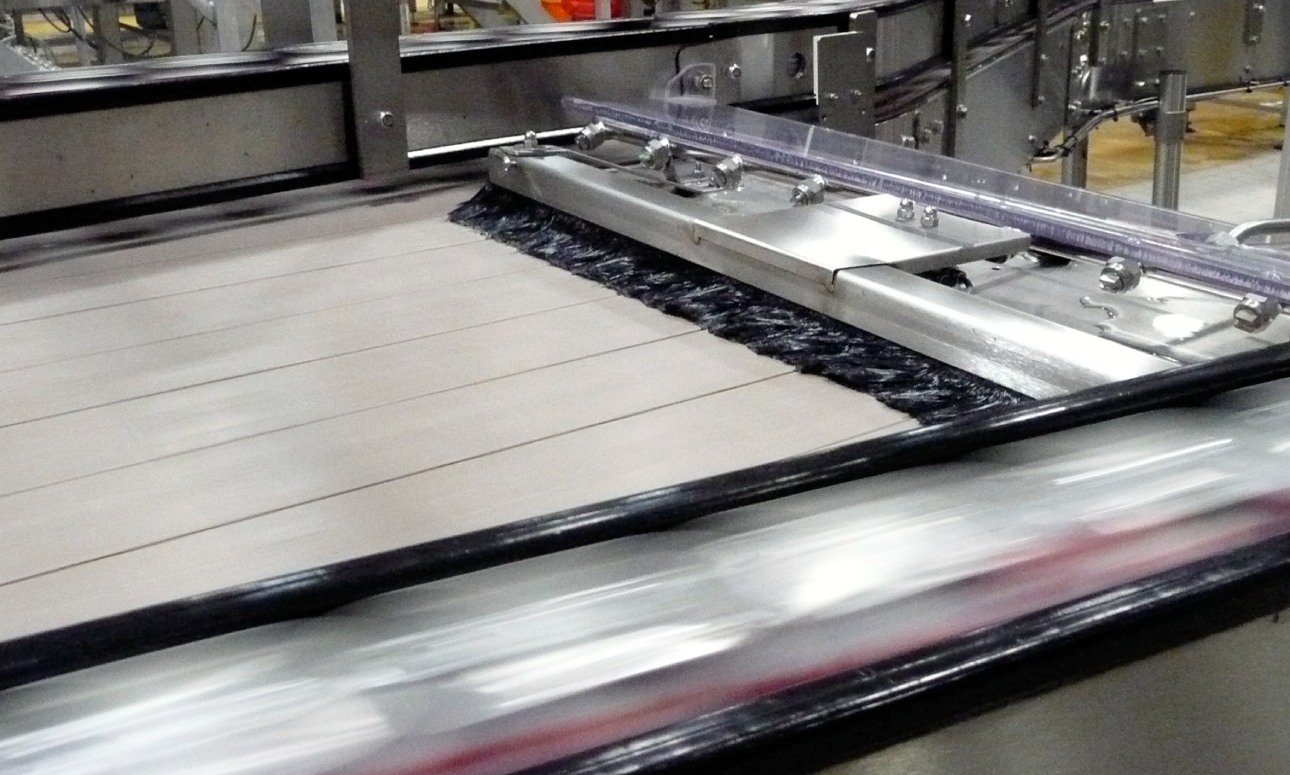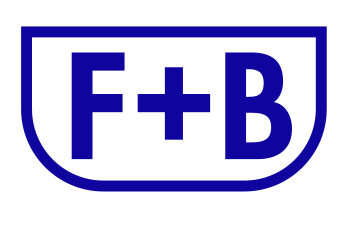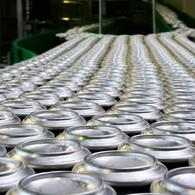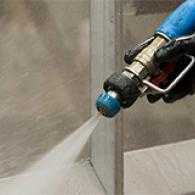In this webinar, Detlef Geerlings and Stefan Grober explain that conveyor lubrication is just one aspect of running an efficient high-speed packaging line and why you need to take a track treatment approach to achieve operating efficiencies.
What is track treatment?
It focuses on conveyor lubrication, conveyor cleaning and conveyor sanitation.
- Conveyor lubrication is needed to encourage bottle and can throughput.
- Conveyor cleaning removes soil and debris from the packaging line to maintain a hygienic working environment and hazards that can cause production jams. It also helps to prolong asset care and reduce belt replacement.
- Conveyor sanitation helps to prevent or minimise the proliferation and formation of microbial growth.
When wet lube is used, it performs a double function of lubricating the conveyors and rinsing away basic dirt and product spillage. But, microorganisms thrive in water and wet environments, and conditions in the production hall can become unpleasant. On the other hand, using dry lubrication reduces or even eliminates slime and creates a more pleasant production hall. But, any dust from the air or spilt beverage may create a sticky and uneven surface.
Another consideration is the impact that your lubrication and hygiene products have on your wastewater. In the packaging hall, the aim of the chemistry is to kill germs, whereas, in the wastewater treatment plant, it should be easily degradable. There always needs to be a compromise; this is why we advise taking a holistic approach to track treatment and looking beyond conveyor lubrication.
Detlef and Stefan provide more context and details on the points above and spend some time answering questions. You can watch the recording of our webinar below. If you have any questions, please feel free to email them to foodbev@diversey.com.
You can find the link to Part 2 of this webinar below.







